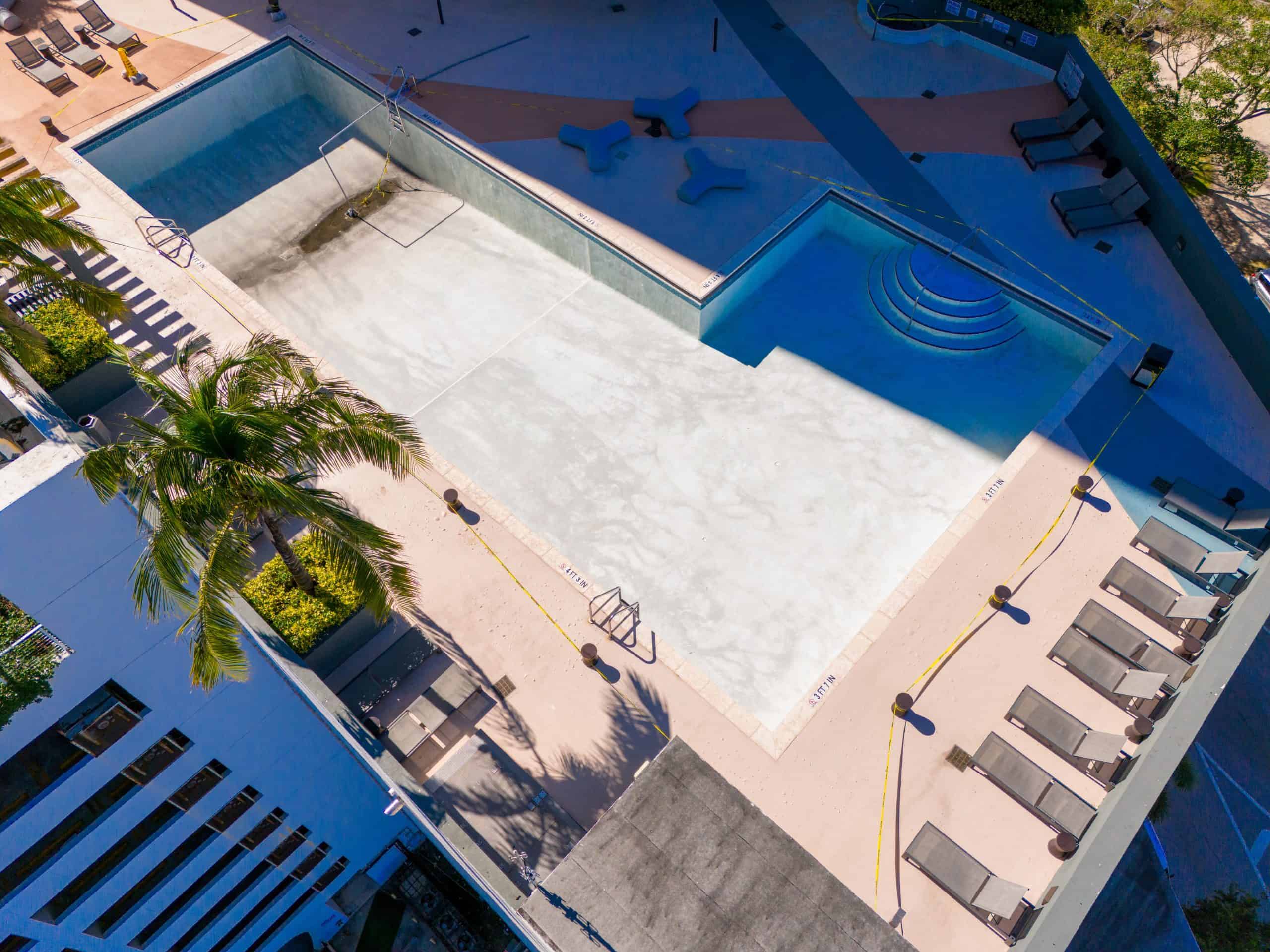Professional pool resurfacing that eliminates rough spots, persistent stains, and surface damage for good.


Your pool becomes the comfortable, beautiful centerpiece it was meant to be. No more rough patches that scrape your feet. No more stubborn stains that make your pool look neglected despite your best cleaning efforts.
The right resurfacing transforms your pool into a smooth, inviting space where you actually want to spend time. You get years of worry-free swimming with surfaces designed to handle West Dixie Bend’s year-round pool season.
Your investment pays off through easier maintenance, better water chemistry balance, and a pool that looks as good as the day it was finished. Most importantly, you eliminate the stress of wondering when small problems will become expensive repairs.
We’ve been serving Broward County pool owners who understand that professional care makes the difference between a pool that’s a joy and one that’s a headache. We’re locally owned, which means we understand exactly what West Dixie Bend’s climate does to pool surfaces.
Our team holds Certified Pool/Spa Operator (CPO) certification and specializes in the kind of resurfacing work that lasts. We’ve seen what happens when pool owners try to patch problems instead of addressing them properly, and we’ve built our reputation on doing the job right the first time.
We offer upfront pricing, flexible scheduling, and a satisfaction guarantee because we know that pool resurfacing is a significant investment that needs to be handled by people who actually understand the stakes involved.

We start with a thorough assessment of your pool’s current condition, checking for structural issues, surface damage, and any underlying problems that need attention before resurfacing begins. This isn’t a quick visual inspection – we’re looking for issues that could compromise your new surface.
Next comes surface preparation, which often involves draining your pool and removing the damaged layer. Proper prep work determines how long your new surface will last, so we don’t cut corners here. We clean, etch, or sandblast as needed to create the right foundation.
Then we apply your chosen finish – whether that’s plaster, aggregate, pebble, or another material that fits your budget and preferences. The application process typically takes several days, followed by proper curing time before we refill your pool and balance the water chemistry.

Ready to get started?
West Dixie Bend pool owners have several resurfacing options, each with different lifespans and price points. Standard plaster offers the most affordable option and lasts 7-12 years with proper maintenance. It’s a classic choice that works well for homeowners focused on budget.
Aggregate and pebble finishes cost more upfront but last 15-20+ years, making them smart long-term investments. These materials handle Florida’s intense UV rays and humidity better than basic plaster, and they’re less prone to staining and algae growth.
For pool owners who want the longest-lasting option, tile resurfacing offers 20+ year lifespans and the most design flexibility. While it’s the highest initial investment, tile is easier to repair and maintain than other materials. The key is matching your choice to your budget, usage patterns, and long-term plans for your property.

Ready for a Pool You'll Love?
Contact us today for a free quote!
DCP Pool Services
Company
Useful Links